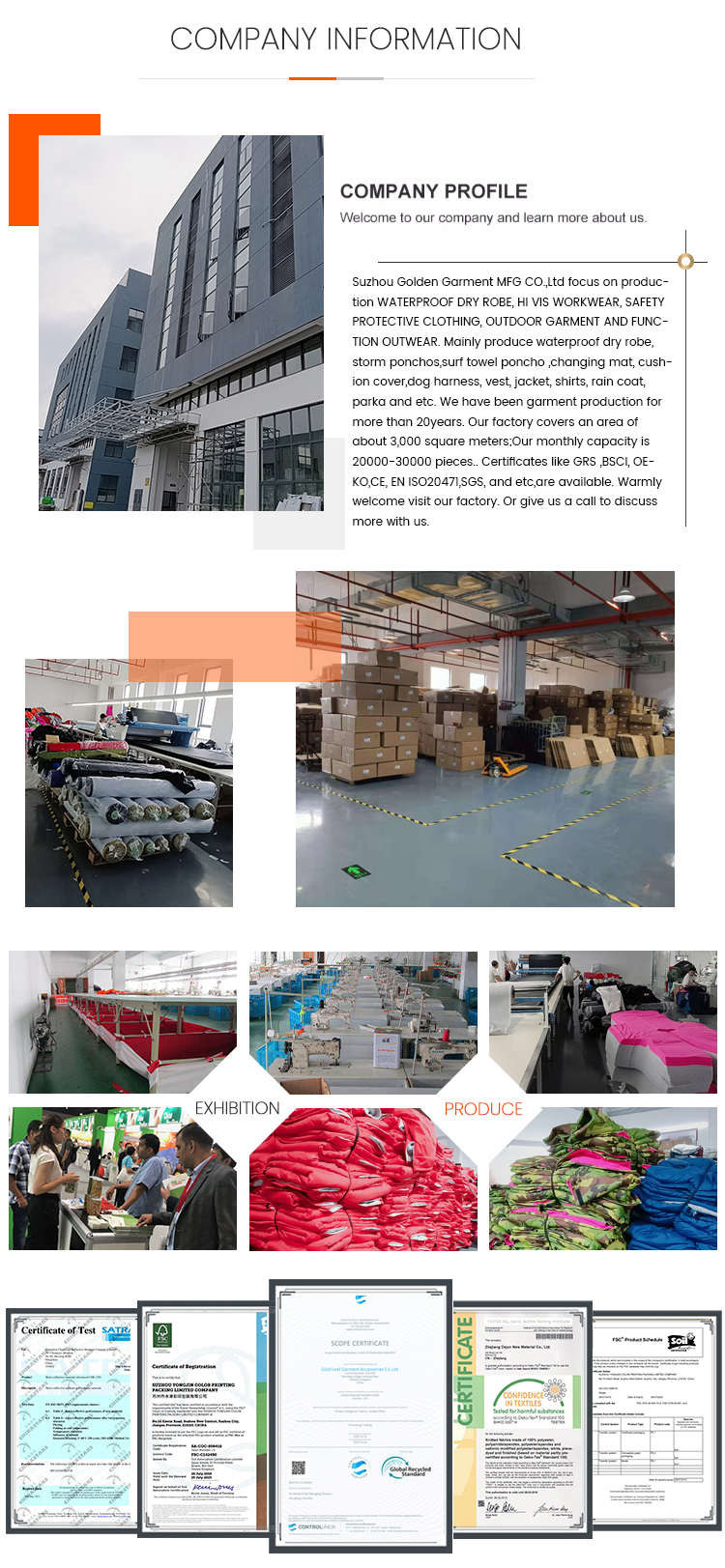1. The locomotive has been parked for an extended period, leading to the clutch being unused for a long time. This has caused rust and moisture buildup, resulting in the clutch being fully disengaged. In such cases, it's necessary to disassemble the clutch and clean off any rust spots to restore its proper function.
2. The locking plate on the clutch shaft nut may be damaged or improperly secured, causing the nut to loosen over time. This can lead to the clutch assembly moving axially, disrupting the normal clearance between the release bearing and the release lever, which results in full clutch disengagement. To fix this, replace the damaged lock, tighten the nut, and ensure the locking mechanism is properly engaged.
3. If the gap between the release rod and the release bearing is too large, or if the clearances between the three release levers and the bearing are inconsistent, the clutch may not disengage completely. Adjust the clearance between the release lever and the bearing to 0.4 to 0.5 mm, and ensure all three levers are aligned with equal clearance to the bearing.
4. A large free stroke on the clutch disengagement handle can also cause incomplete disengagement. To resolve this, adjust the handle by placing it in the "closed" position, then adjusting the pull rod and setting the release lever clearance to 0.4 to 0.5 mm.
5. Severe wear on the release claws can prevent them from providing the necessary stroke during disengagement, leading to incomplete separation. In such cases, the release claws should be replaced to ensure proper operation.
6. Excessive wear on the driven plate, along with loose rivets, can create foreign material between the friction plate and the driven plate. This reduces the axial movement of the driven plate during disengagement, resulting in incomplete separation. The affected rivets should be re-riveted or the entire driven plate replaced if necessary.
7. If the driven plate is installed incorrectly (reversed), there will be no axial movement when the clutch is disengaged. Always make sure the driven plate is installed according to the manufacturer’s specifications.
8. Using a new driven plate that is thicker than the specified size can reduce the separation stroke, limiting axial movement and causing incomplete disengagement. Replace the driven plate with one that meets the required thickness specifications.
9. Poor fit between the splines of the driven plate and the clutch shaft can hinder axial movement, preventing complete clutch disengagement. In such cases, consider trimming or replacing the shaft spline to ensure a proper fit.
10. A worn-out clutch bearing can generate axial play, altering the clearance between the release lever and the bearing. This leads to improper disengagement. To fix this, replace the faulty bearing with a new one that meets the required standards.
By addressing these common issues systematically, you can ensure smooth and reliable clutch operation, improving both performance and safety. Regular maintenance and timely repairs are essential to avoid more serious problems down the line.
Beach surf poncho, Dry robe waterproof, football changing robe, Adult Change Robe, cotton dry robe, waffle poncho, surfing swimming poncho supplier in China.
We provide sample with custom logo and design.
We are factory directly, and have BSCI, GRS, SGS, certificate.


Surf Poncho,Beach Surf Poncho,Dry Robe Waterproof,Football Changing Robe
Suzhou Golden Gamrnet MFG Co.,Ltd , https://www.svchangerobe.com